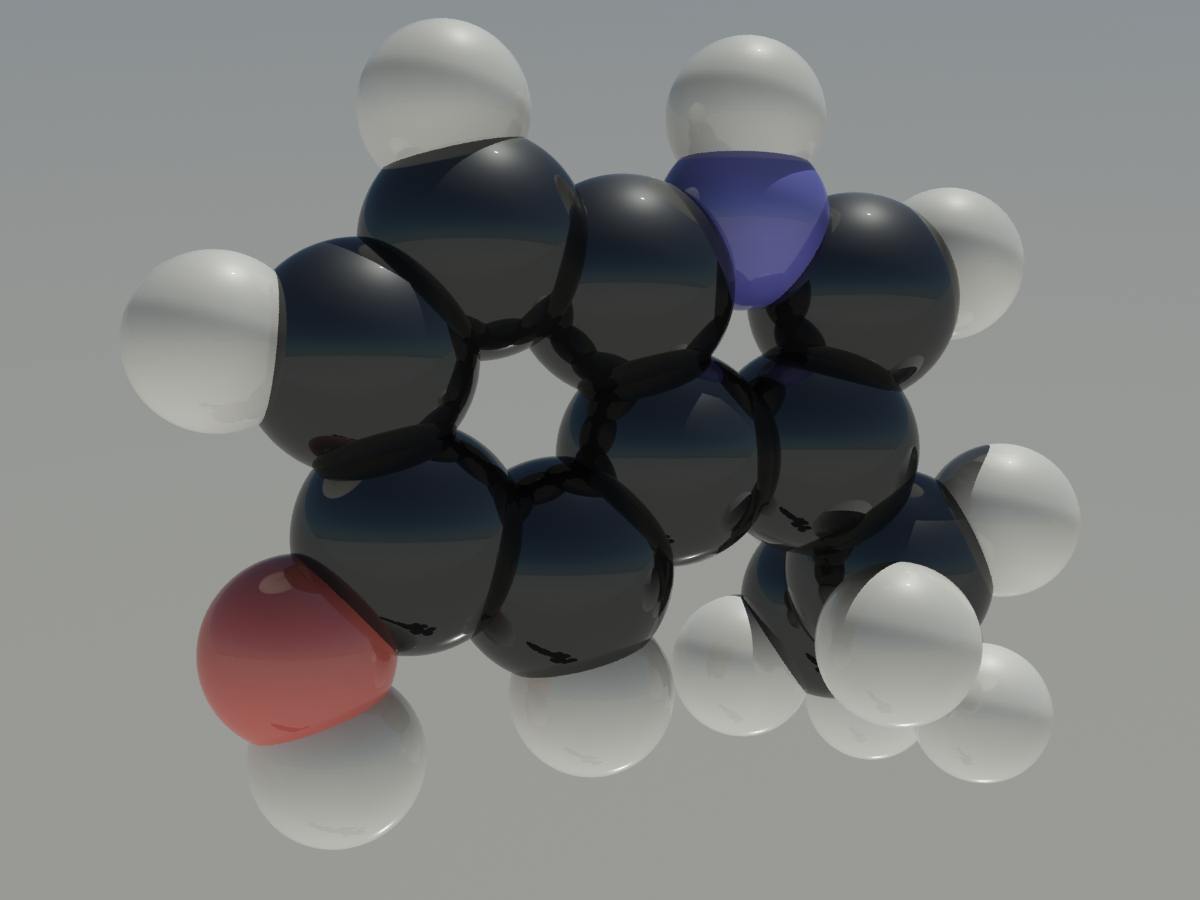Since introducing the idea of dopamine dominance, I have received several questions about the difference between dopamine dominance and the dopamine challenge. This post will attempt to clarify these two important points.
First, some quick background: the concept of dopamine dominance and the protocol to determine dopamine dominance – called the dopamine challenge – are based on the research of Marty Hinz, MD. Up until this past year, it was thought that symptoms related to neurotransmitter imbalance were due to dysfunction at the Organic Cation Transporter Type 2 (OCT2) that caused imbalances in and between serotonin and dopamine. Based on the work of Dr. Hinz, it is now known that there is a small but significant percentage of the population that requires significantly more dopamine precursor (than serotonin precursor) that overrides and dominates the transport of serotonin at the OCT2. These people are referred to as having dopamine dominance or of being dopamine dominant.
The dopamine challenge was designed to quickly and easily differentiate between those that exhibit dopamine dominance from those that need to follow the Three Phase Model to achieve a relief of symptoms using amino acid therapy. The dopamine challenge involves providing a person with significantly more L-dopa (in the form of a standardized mucuna pruriens extract) than serotonin precursor for a period of time. The person that is dopamine dominant tolerates these higher levels of L-dopa with no symptoms or additional issues. Tolerance (and not elimination of current symptoms) during the dopamine challenge is the indication for fine tuning the person’s exact needs for L-dopa and 5-HTP dosing under the dopamine dominant approach.
During the dopamine challenge, if a person experiences undesirable effects from the increased level of L-dopa, this person is deemed to NOT be dopamine dominant and the dopamine challenge is stopped. Symptoms of intolerance during the dopamine challenge generally involve a sensation that the brain is not functioning properly and include problems with mental focus and concentration and a sense that one is walking around in a fog.
As soon as it is determined that a person is NOT dopamine dominant (because they exhibit one or more of the symptoms of intolerance listed above during the dopamine challenge) they are managed under the Three Phase Model until proper neurotransmitter function is restored. For those that are determined to be dopamine dominant (i.e., they exhibit no additional symptoms during the dopamine challenge and/or an improvement in symptoms), a systematic approach is used to determine the proper amount of L-dopa and/or L-tyrosine necessary to restore proper function to the OCT2 and eliminate any symptoms due to neurotransmitter imbalance.
It is very important to differentiate those that are dopamine dominant from those that need to follow the Three Phase Model to effectively use amino acid therapy to restore proper neurotransmitter function and eliminate symptoms due to neurotransmitter imbalance. The dopamine challenge provides a safe, effective and quick method to establish whether a person is dopamine dominant or not so proper amino acid therapy can be initiated.



This website is just what I needed
Glad to hear it Jeffery!
Please let us know if we can be of service –
Sincerely,
Dr. Chad